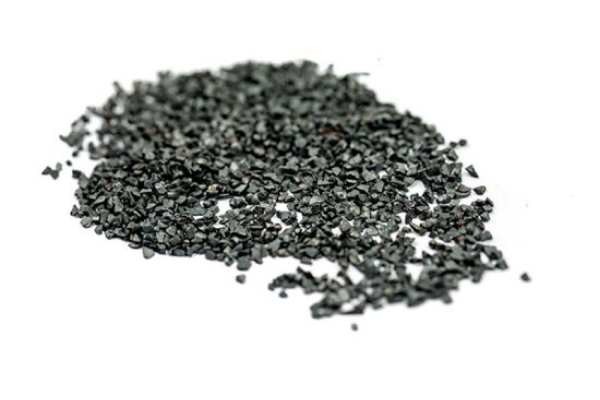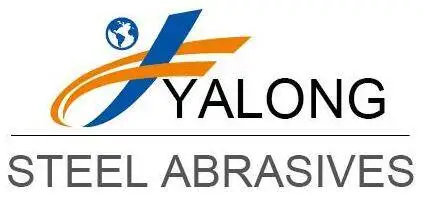What Is Steel Grit Blasting?
What Is Steel Grit Blasting?

Grit blasting is a popular technique to remove rust and other failing paint coatings from surfaces. This process removes salts, corrosion, and damaged concrete. A grit blasting rig fires grit from high pressure into the surface. This method removes all the contaminants and creates a clean surface for applying a new coating system. A grit blaster uses compressed air to achieve the desired results.
Steel Grit is the most common metallic abrasive used in shot blasting. It comes in a variety of shapes, hardness levels, and surface roughness. Because of its bulk density, steel grit can cause wear and tear on equipment. This material is screened and graded to increase its quality. The larger the size number, the smaller the particle. For a variety of industrial applications, this abrasive is best suited for surface preparation and descaling.
Aside from being a cheaper alternative to abrasive blasting, steel grit can also be recycled several times. It can be used again if it has been thoroughly cleaned. Many companies use mechanical blast media recovery equipment to recycle the materials they use. The main advantage of using steel grit over other materials is that the blast media can be reused multiple times. This process also reduces cost and increases efficiency, because the grit is cheaper than the abrasive polishing solution.
Grit blasting is one of the most aggressive surface preparation methods available. It is highly effective in removing various types of surface contamination from steel. Unlike aluminum oxide grit, steel grit does not fracture easily. This etched surface ensures superior adhesion of coatings. Silicon Carbide Grit, on the other hand, is the hardest abrasive media available. Due to its low friction, it is often preferred for descaling and surface preparation applications.
It is a relatively simple process. In a steel grit blast, high-pressure water or compressed air propels a grit. This grit has many advantages and disadvantages. For instance, it is effective in removing mill scale and other coatings, and it is less efficient in cleaning stainless steel. However, it can lead to a more expensive job for the manufacturer.
Grit blasting is a process that uses compressed air and high-pressure water to remove surface contaminants from surfaces. This type of abrasive media is softer than aluminum oxide grit, but it can still remove many types of surface contaminants from steel. It also produces an etched surface which enhances the adhesion of the coating. Another type of abrasive media is Silicon Carbide abrasive. This abrasive is the hardest, and it is used for surface preparation and descaling.
This process is similar to the shot blasting. However, the difference lies in the type of grit that is used. The abrasive material is made of steel grit. It is usually red hot and is used to produce the abrasive material. This grit is also the same as steel grit. It is a highly versatile abrasive material.
The process of grit blasting is quite simple. A grit blast is a manual air-blasting process, in which hard sand is propelled by high-pressure water or compressed air. The resulting profile is measured in microinches. The root means square (RMS) is a measurement of the depth of peaks and valleys. For the same reason, grit blasting is best suited for surface preparation and descaling.
Steel grit is a common abrasive for shot blasting. It is a type of abrasive that can be reused several times. The main advantage of steel grit is that it can be recycled multiple times, unlike steel shot. The grit is made of iron and steel, which is red hot during the process. The abrasive is made from abrasive particles that are shaped like round diamonds.
Unlike sandblasting, grit blasting uses abrasive media that is harder than the substrate being blasted. This process removes rust and flaking paint coatings from metal surfaces. The process is the fastest and most effective way to prepare a surface for painting. A grit blasting process is classified as hot work, but it is safe for people working around the metal.
 Telephone :+86 157 6285 8378
Telephone :+86 157 6285 8378 WhatsApp :+86 157 6285 8378
WhatsApp :+86 157 6285 8378 Email :
Email :














